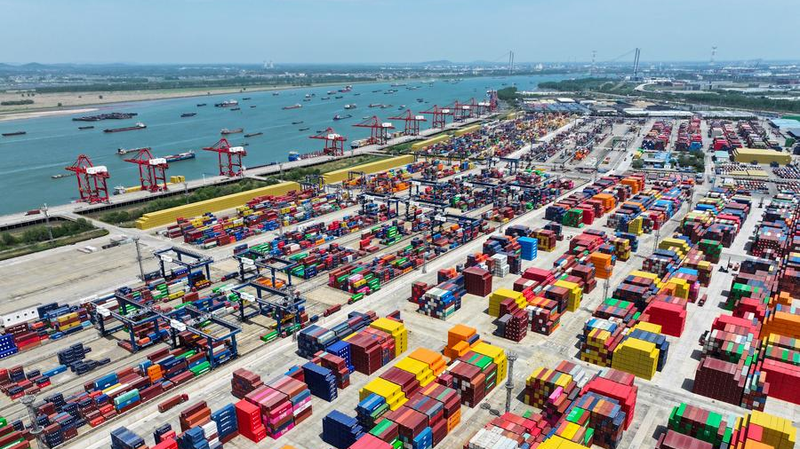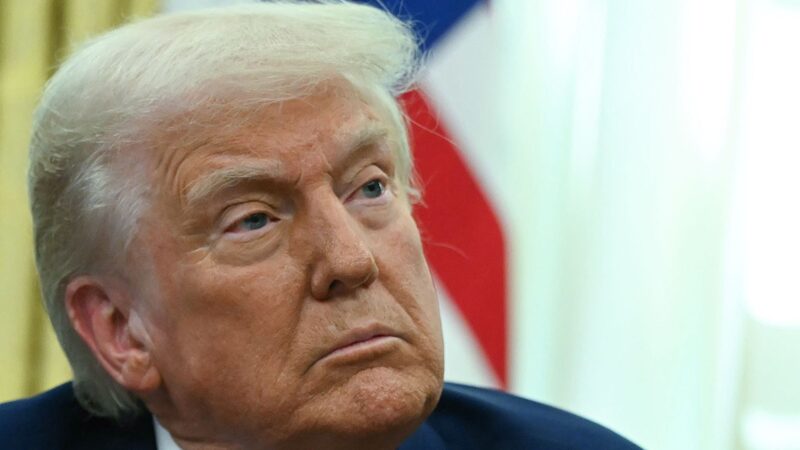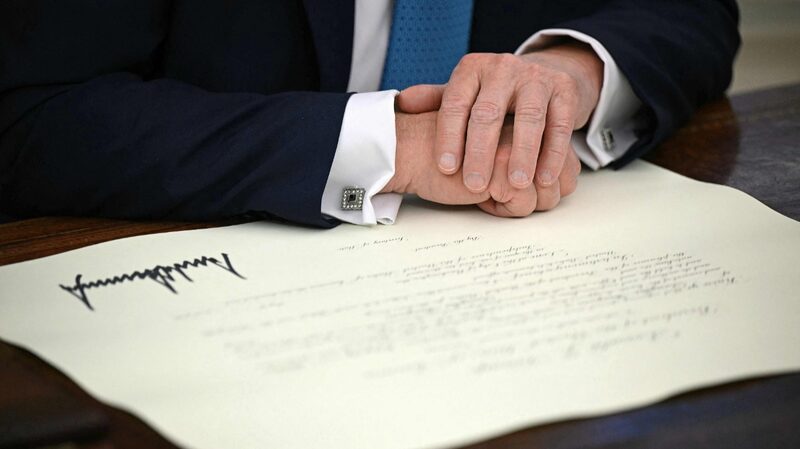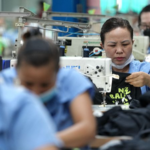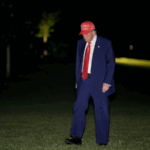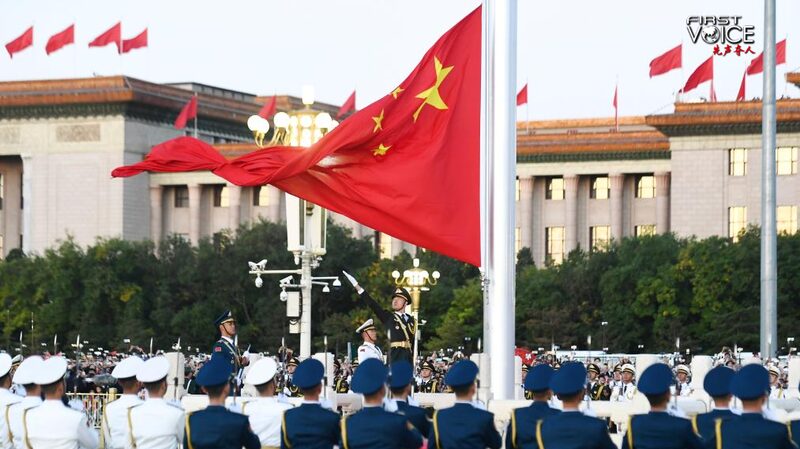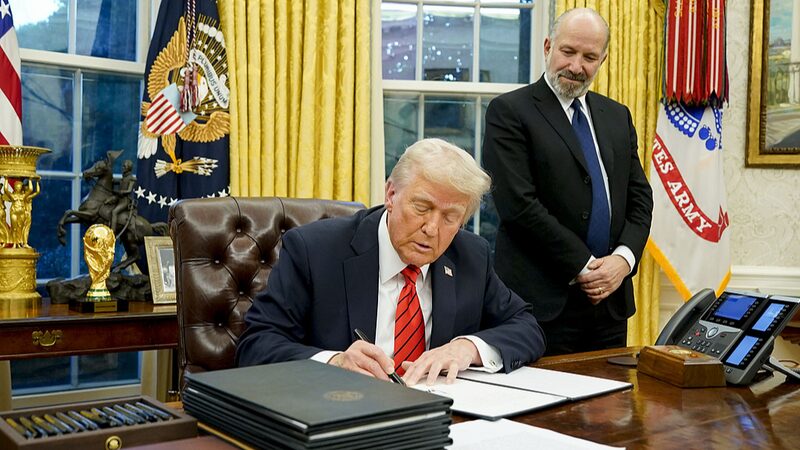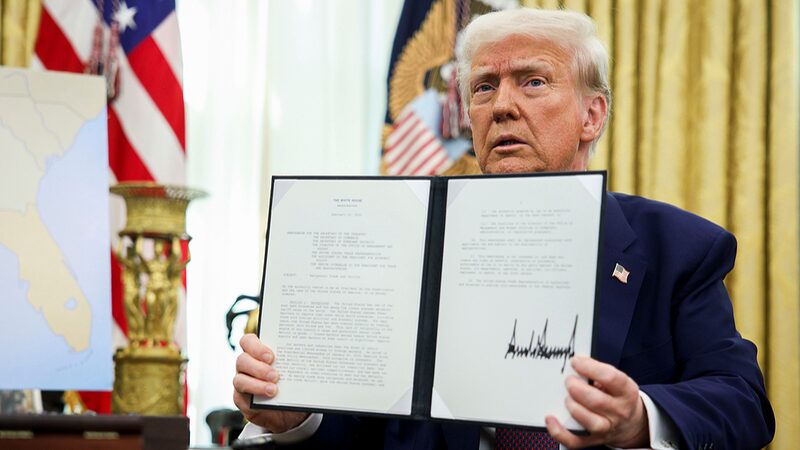As the ripple effects of tariff wars continue to reshape global markets, the spotlight turns to Asia’s economic powerhouse and its strategic response. Recent analysis of U.S. trade policies under the Trump administration reveals flawed methodology that amplified economic uncertainty, prompting questions about China’s next steps in a rapidly evolving trade landscape.
The Flawed Logic Behind Tariffs
In 2018, U.S. tariffs targeting key trading partners relied on a contentious formula: dividing trade deficits by imports to create fictional 'effective tariff' rates. For China, this produced a misleading 67.3% figure – far removed from verified averages. Such approaches conflated trade imbalances with political narratives, sidelining factors like consumer behavior and supply chain integration that naturally shape global commerce.
China's Strategic Response
Rather than mirroring short-term measures, China prioritized regional integration and multilateral frameworks like the WTO. This approach emphasizes stabilizing supply chains and fostering partnerships across Asia, particularly through initiatives like the Regional Comprehensive Economic Partnership (RCEP). Analysts suggest this strategy aims to buffer against unilateral policy shocks while advancing long-term economic resilience.
Broader Implications for Global Markets
Unpredictable tariff regimes have forced businesses to reconsider investment plans, with many seeking stability in Asia's growing consumer markets. As trade dynamics evolve, China's focus on rule-based cooperation and digital trade infrastructure could redefine its role as a stabilizer in global commerce – a critical consideration for investors and policymakers navigating an era of geopolitical flux.
Reference(s):
Tariff shakes world economy: Will China respond with complex policy?
cgtn.com
